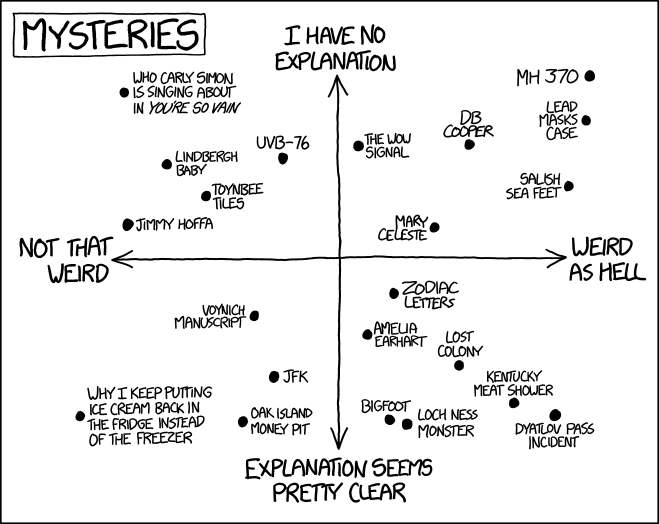00:00 - 16:0016:00 - 23:00
user54412
user54412
user54412
user54412
user54412
user54412
user54412
user54412
user54412
user54412
user54412
user54412
user54412
user54412
user54412
00:00 - 16:0016:00 - 23:00


